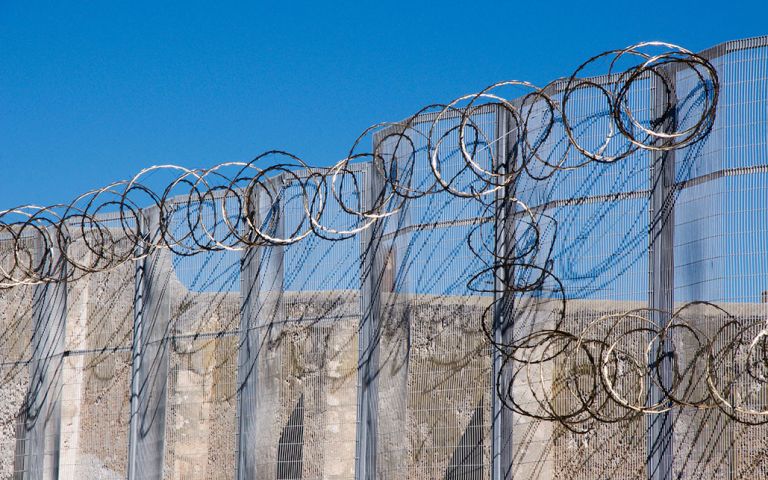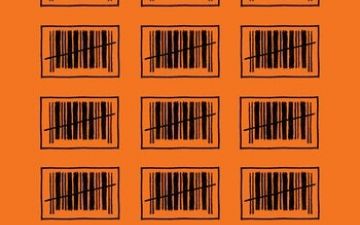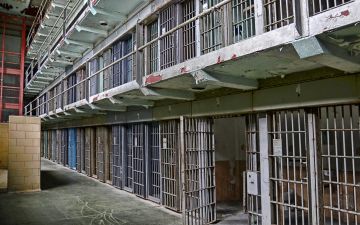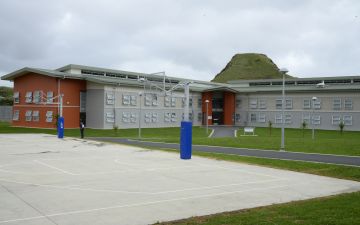In U.S. prisons, about three-fourths of prisoners released will return within three years. Private prisons, which were supposed to inject energy and innovation into the corrections system, are often no better than public ones.
But public-private partnerships are now underway in Australia and New Zealand that combine private sector capital, innovation, corrections expertise, and community partnerships to rethink how we incarcerated and how we rehabilitate. Through on-the-ground reporting in New Zealand and Australia, grantee Lauren-Brooke Eisen has spoken to formerly incarcerated individuals in these facilities, investors in the projects, people who provide the rehabilitative programming and job training to those behind bars, and officials from their departments of corrections. This reporting brings to life the behind-the-scenes story of the creation of the Auckland South Correctional Facility in New Zealand and the Ravenhall Prison in Australia. These prisons receive financial incentives from the government if they outdo government prisons at reducing recidivism, and their programming and life behind bars is different as a result of these contracts.
Little has been written about this topic, yet it’s an idea replicable in the United States and highly relevant to the American debate about private prisons, which has almost always been “good vs bad,” not “how can we make them better?”




